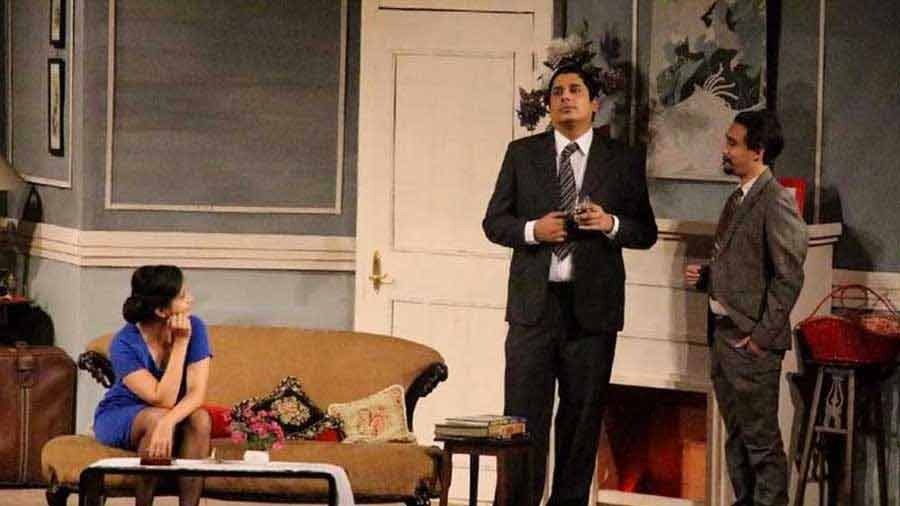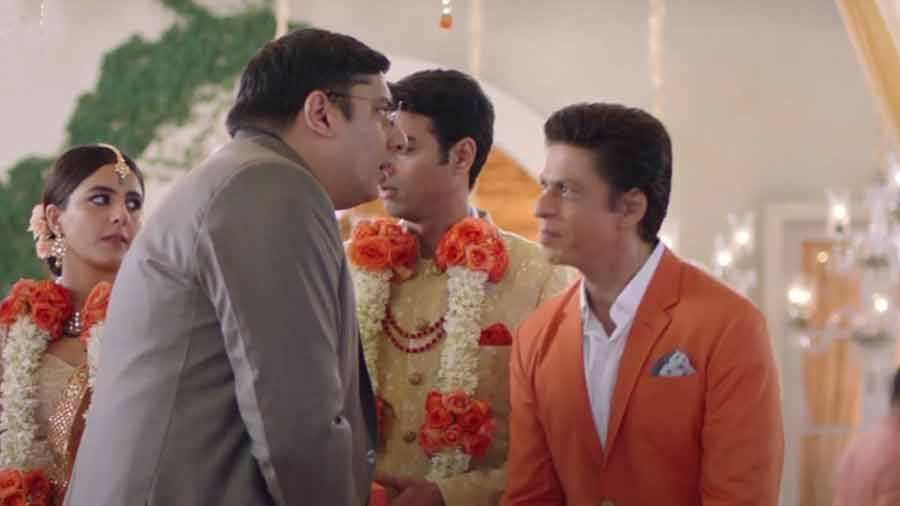When I cast my mind back to the Indian ad films I grew up watching in the ’80s and ’90s, one thing suddenly springs out at me. I don’t follow this thought up with deep research — that is the point — my impression of that era is what matters. And I realise that ad films in the ’80s and early ’90s were not acting vehicles. Most ads were — expectedly — about the product. The music, the locations, the casting, the acting existed to fill in their respective gaps. The era of acting chops (the little tricks and techniques actors use to spruce up their performance) wasn’t here yet.
Most of the famous ads then were either musical montages (think Humara Bajaj, Nirma, Lijjat Papad, Liril) or earnest performances where actors basically mouthed the advertising briefs (think Lalitaji in Surf). The few ads that allowed for acting were almost exclusively the domain of established actors like Jalal Agha, Ashok Kumar, or Shammi Kapoor in Pan Parag.
A new approach to what directors expected from actors
The mid ’90s saw a shift in advertising thought. While Piyush Pandey is acknowledged to be the driving force behind the new era of ad-films writing, one could make the case that he was also responsible for the inflection point in acting. His scripts called for a new approach to what directors expected from actors. My earliest memories of ads where actors got to do their thing are from that time — the fishing lines ad for Fevikwik, the uninhibited and unforgettable energy of the Cadbury’s dancing girlfriend ad.
Thereafter, it got more and more actor-friendly. Rewatch the Center Fresh and Center Fruit ads — what a joy for an actor to be able to do those. Even the celebrity ads were cranked up a notch to allow for acting chops. Look no further than the entire gamut of Aamir Khan’s Coke series.
By the 2000s, ad films were a respectable, enjoyable and rewarding line of work for actors. As media expanded beyond television to the age of social media, the opportunities grew exponentially for actors in ad films.
And into this land of plenty, I had the good fortune of making my entry. And I don’t use that phrase here as a banal add-on; it really was good fortune, and not hard work or ambition.
Handling 'Cal-shaming'
‘Cal-shaming’ is a thing. It’s when people point to Bombay as the place to be, in order to reach your full potential. There’s truth to this, of course, but Kolkata gets a worse rap than other cities. In 2010, I was in Kolkata, doing stage productions and handling Cal-shaming. Into the picture steps the founder of Theatrecian and dear friend Tathagata Chowdhury. Affectionately given the cool name TC (probably by himself, but that’s for another article). He tells me there’s an audition for a SpiceJet ad film that he’s come to know. I jump at the chance.
There’s no proper audition system in Kolkata for ad films, so I decide to record the audition on my laptop webcam, edit it using in-house software, and mail it. Seems like a big deal at the time, before smartphones with front cameras, 4G and all (Flash forward a decade later and Covideo auditions are the norm across the country).
Cracking the TVC technique
I put my best into auditioning and editing the video, and I get selected. I fly to Bombay, do the ad, and it’s well received. And then Bombay does its thing and the floodgates open, with more and more auditions and ads. I even move to the city for a couple of years, come back to Kolkata, and keep doing the odd TVC. In the decade or so I’ve been at it, one learning stands out more than others: the biggest kick in TVC acting is cracking the technique.
You might have heard the old wisdom that theatre acting is theatre acting, and screen acting is a different beast – many struggle to make the transition. Ad film acting is a sub-beast of screen acting. In a few seconds, you have to pack it all in. Ad films are all about ruthless cuts, fast actions and super-fast reactions. Remember how the whole “Mutual funds are subject to market risks…” disclaimers are said? That’s the demand of the medium there again.

Mookerji (centre) on the sets of a play. ‘Theatre acting is theatre acting and screen acting is a different beast… Ad film acting is a sub-beast of screen acting,’ he says
No time to pine for classic acting
One has to very quickly learn two skills if one has to get into the line — how to crack auditions and how to tackle the demands of the medium during shoot.
In auditions, time is usually your friend. Casting directors, directors and brand managers want to see you do your thing, so you can take your pauses, give your reactions, modulate, and go crazy.
On a shoot, it’s a different game. You do a shot to your satisfaction and suddenly the director comes and says that they’ve timed it, and it’s two seconds too long, so you have to speed up! There’s no time to pine for classic acting; you’ll have to react faster, change pauses to half-pauses and figure out when to ‘act’ and when to just exist on screen.
Identify the core of the ad
A lot of these lessons came to me when I joined advertising as a copywriter. I got to see up close how TVC edits finally pan out. The edits with maximum screen time are the most expensive, hence play the least. The shorter edits play more often. You have to zero in on those parts of the script that are crucial to all edits and figure a way to pack your best into those.
During the shoot, you have to quickly identify the core of the ad and then make those seconds count. Of course, the script has to allow for that, the director has to be in sync — many things aren’t in your hand. But what is in your hand is the time you get.
In 2019 I did a banking ad with Shah Rukh Khan, set in a wedding reception. I knew that the edit would be geared to maximise his presence, so I had to find the best use of my screen time. I sought his permission to give him a friendly jab during what I realised was a key line, given that it was a banking ad. And I added the jab to the line. Small action, but at least it’s a little more meat in your role.
Another moment was when I hand over the gift to the couple. I knew that would be edited to the minimum, so I improvised and added the “Good show, guys” with my action. The director liked it, and that meant pressure on the editor to find other parts to lop off. In the final edit, that’s how it turned out, to my joy.
Acting will always be about technique, whether on stage or screen. But the ad film world demands that actors get down to learning, re-learning and un-learning, in order to be the best vehicles for the ad film, and for themselves.

Dhruv Mookerji is a creative director with Ogilvy. He is a founder-member of Theatrecian and has performed for 15+ years as an actor onstage and in movies, television and ad films. He’s also a quizmaster and content developer, having worked on ‘Kaun Banega Crorepati’, and being Content Head for Classmate Spell Bee over the past few years.
